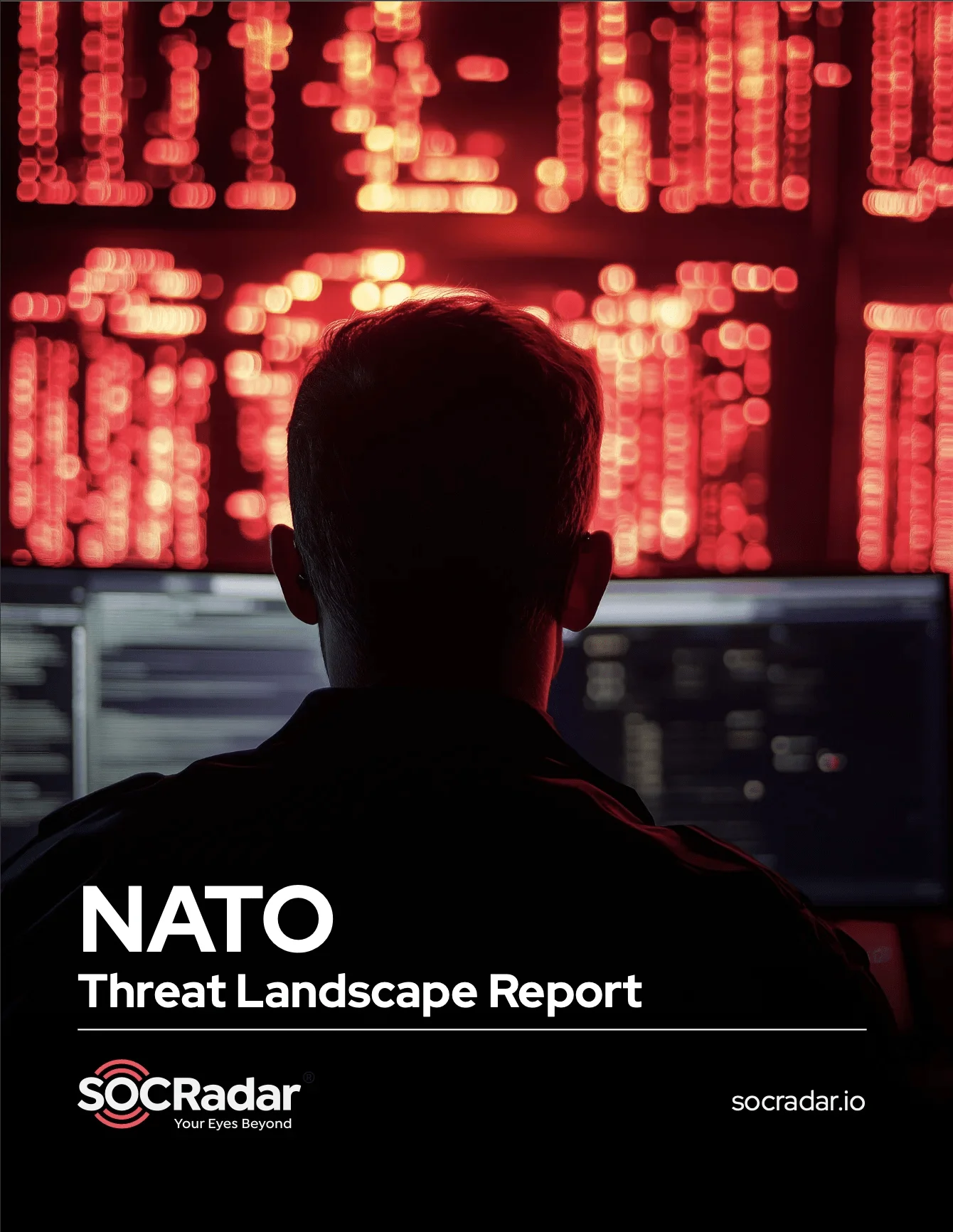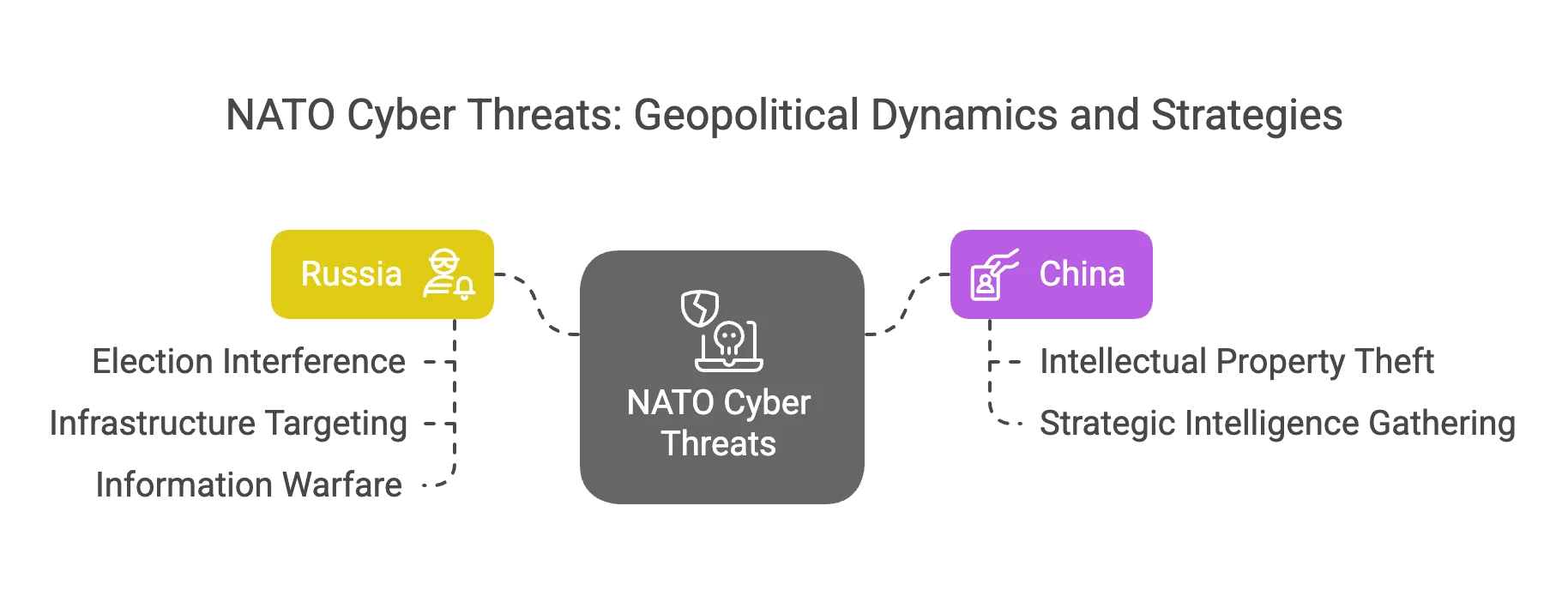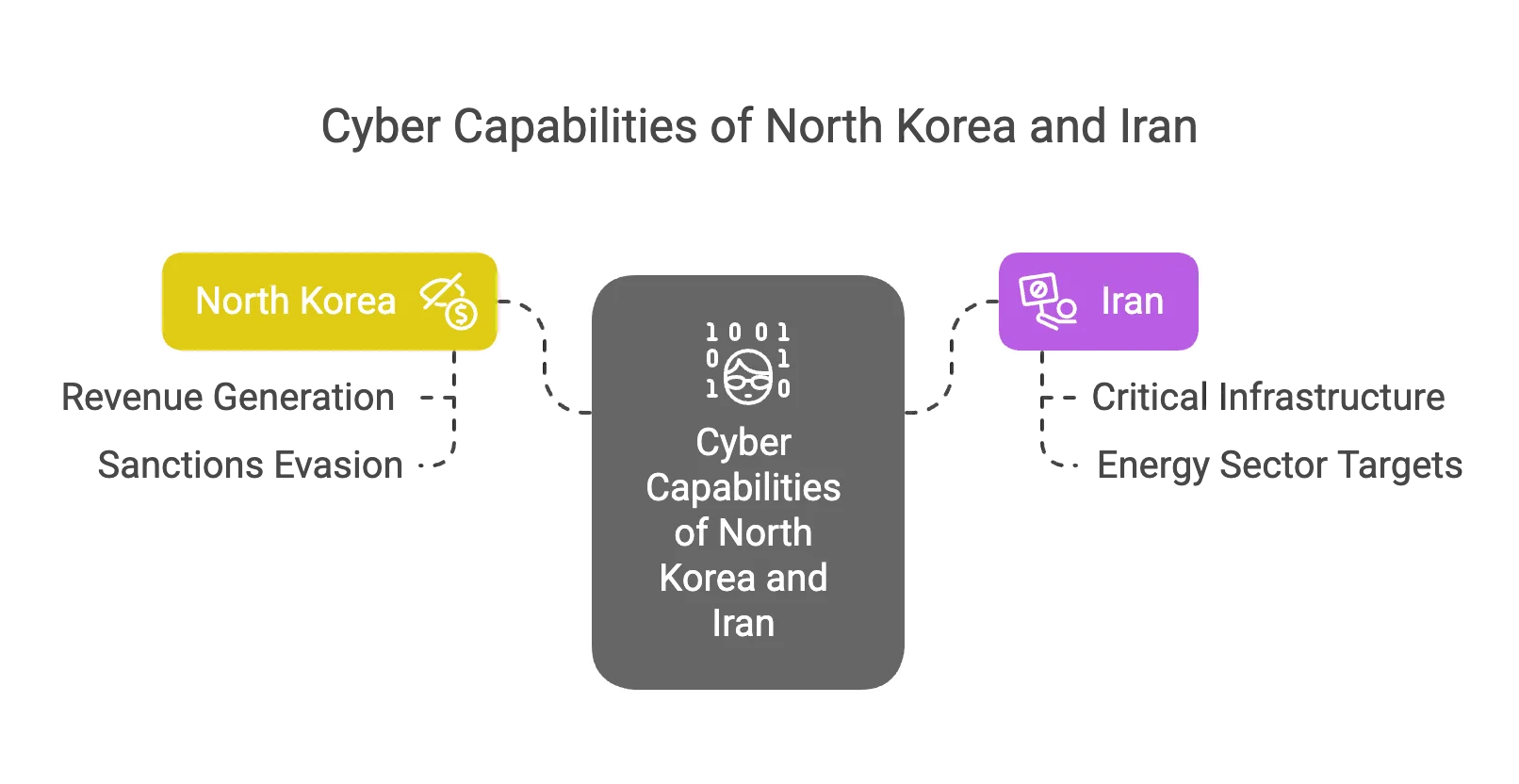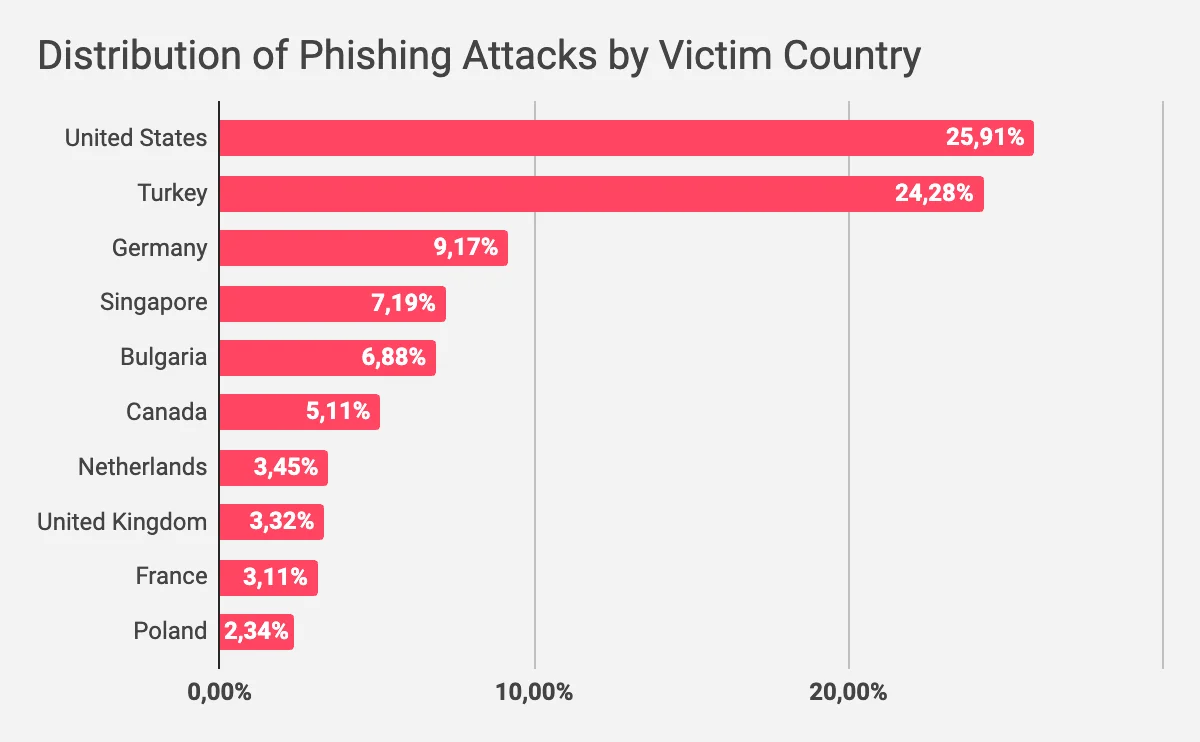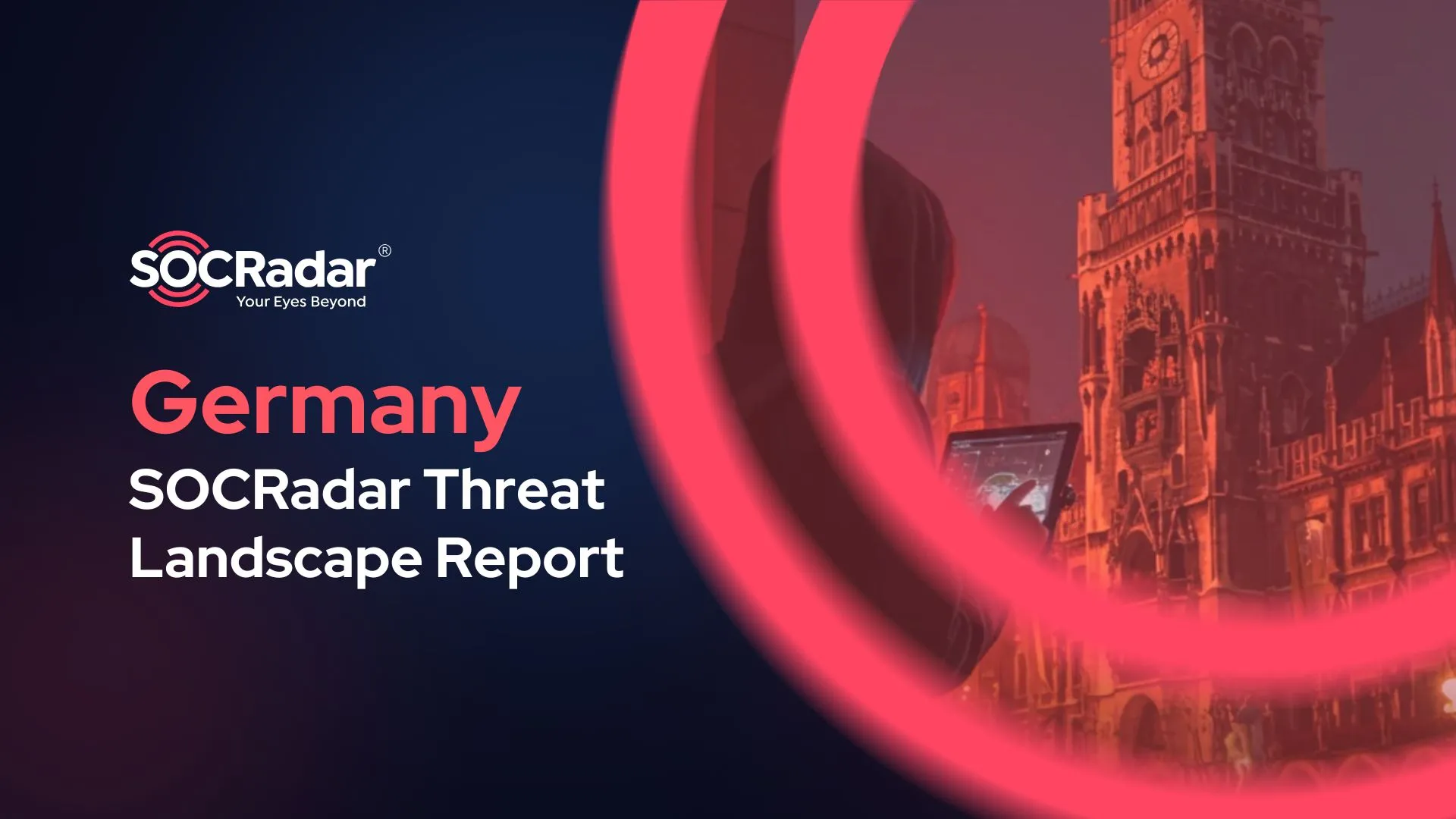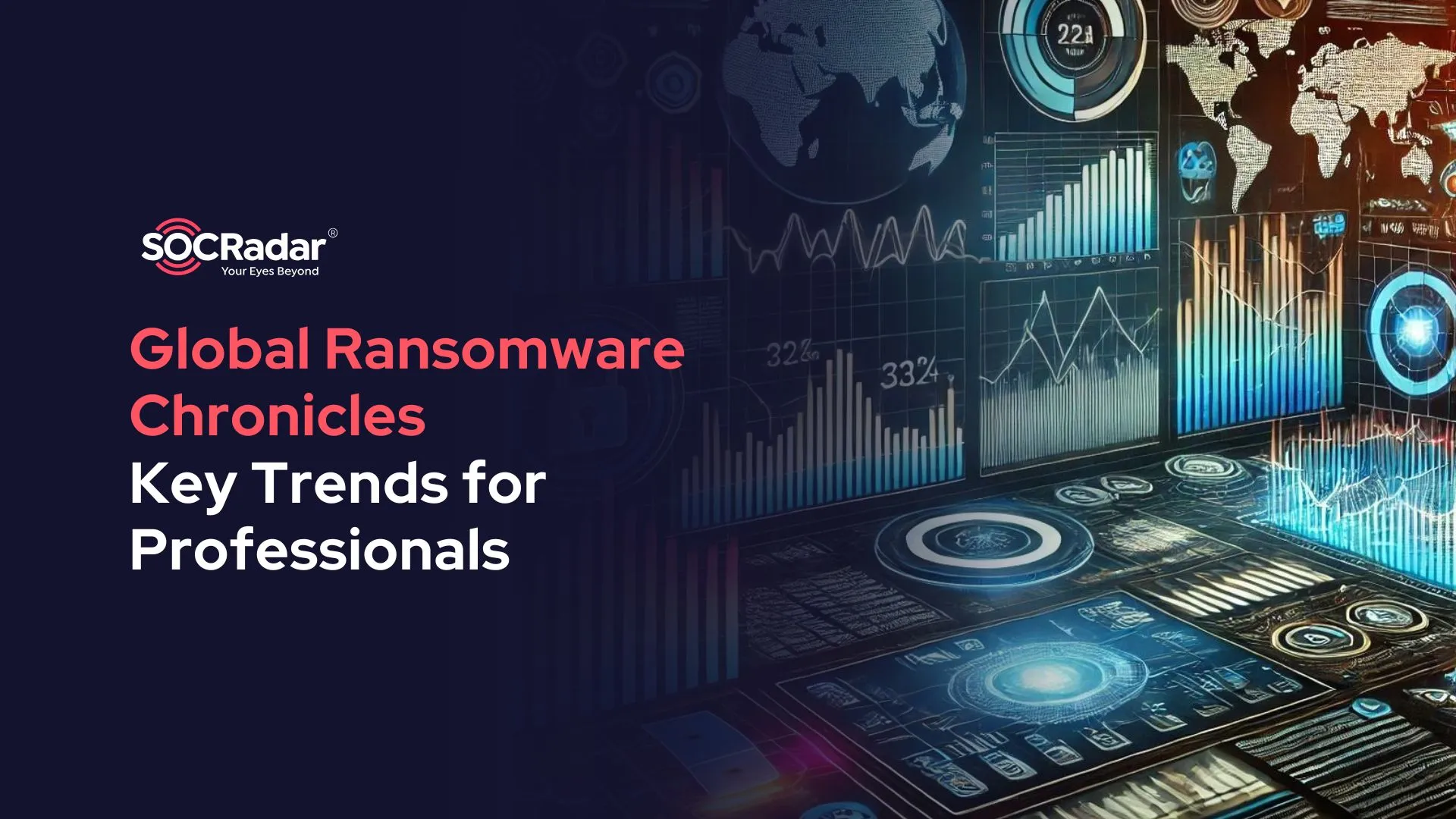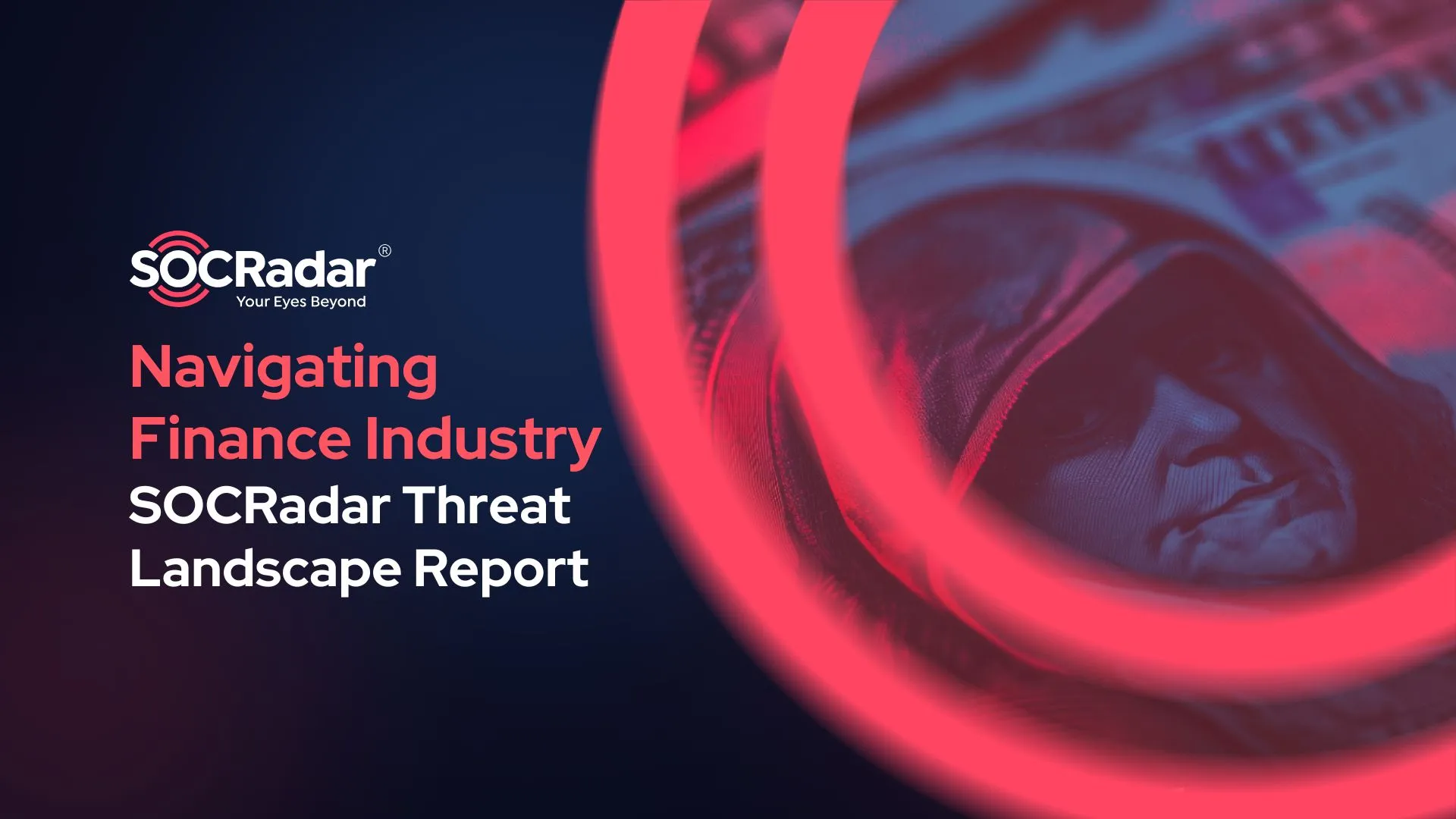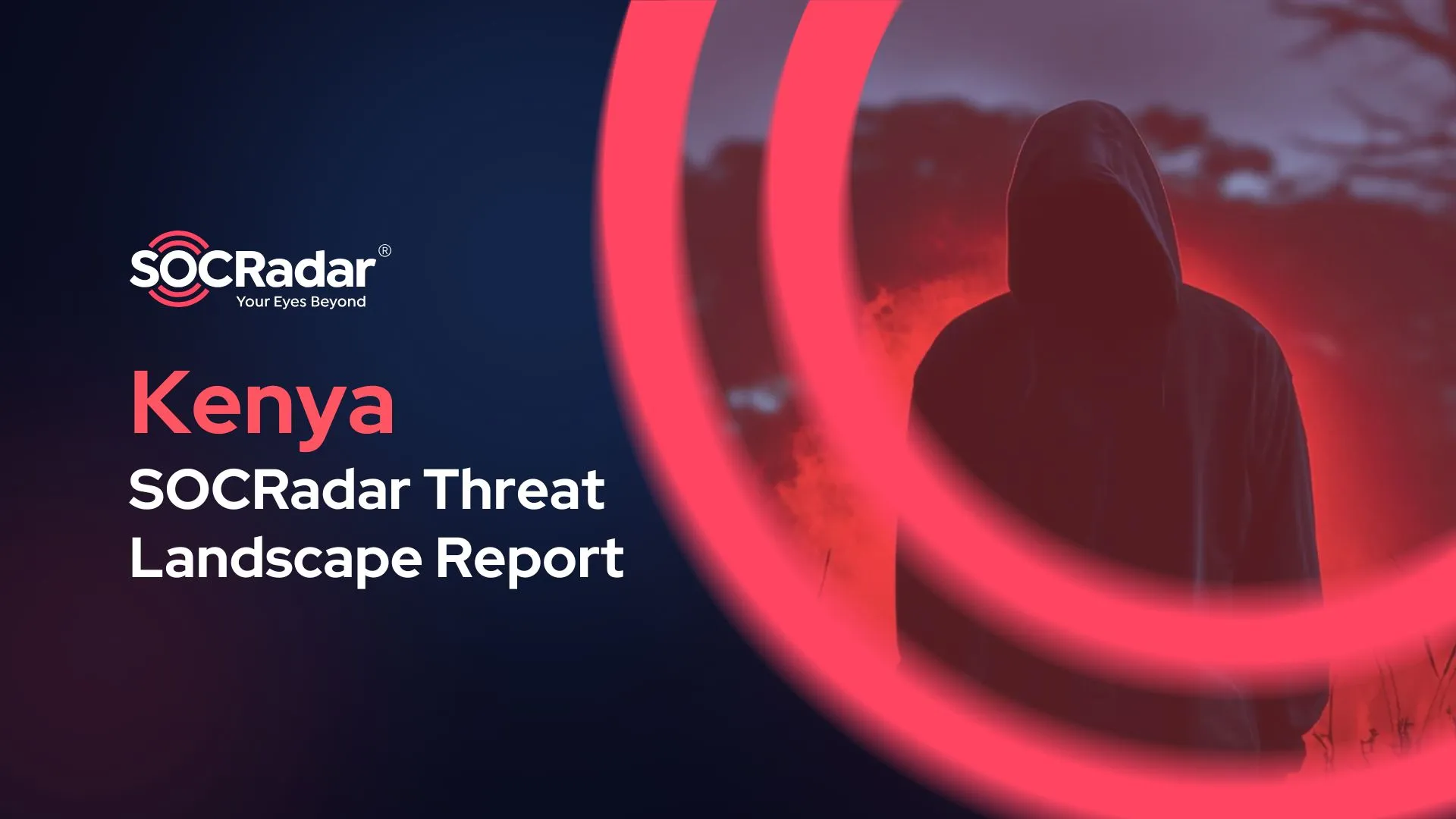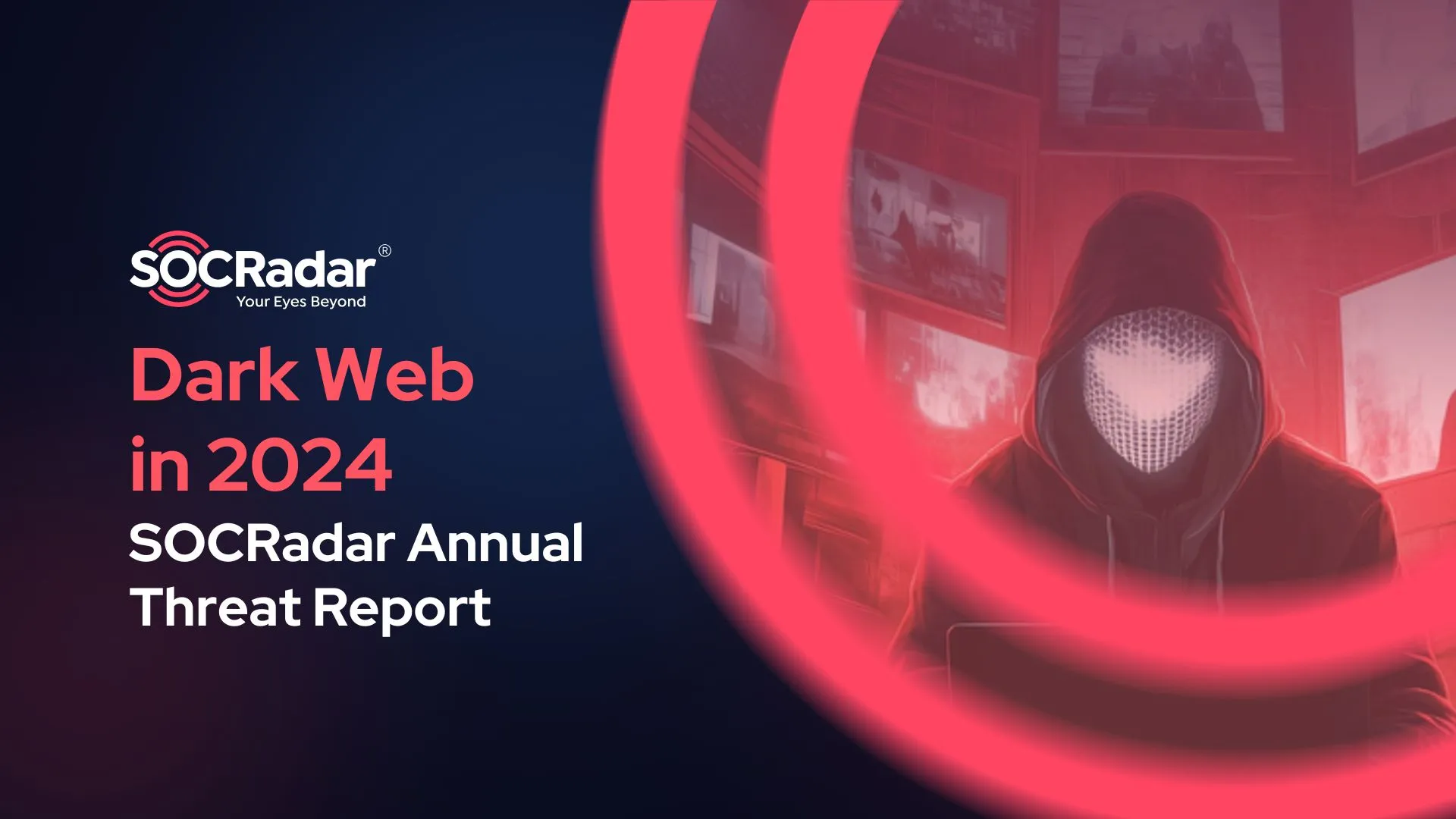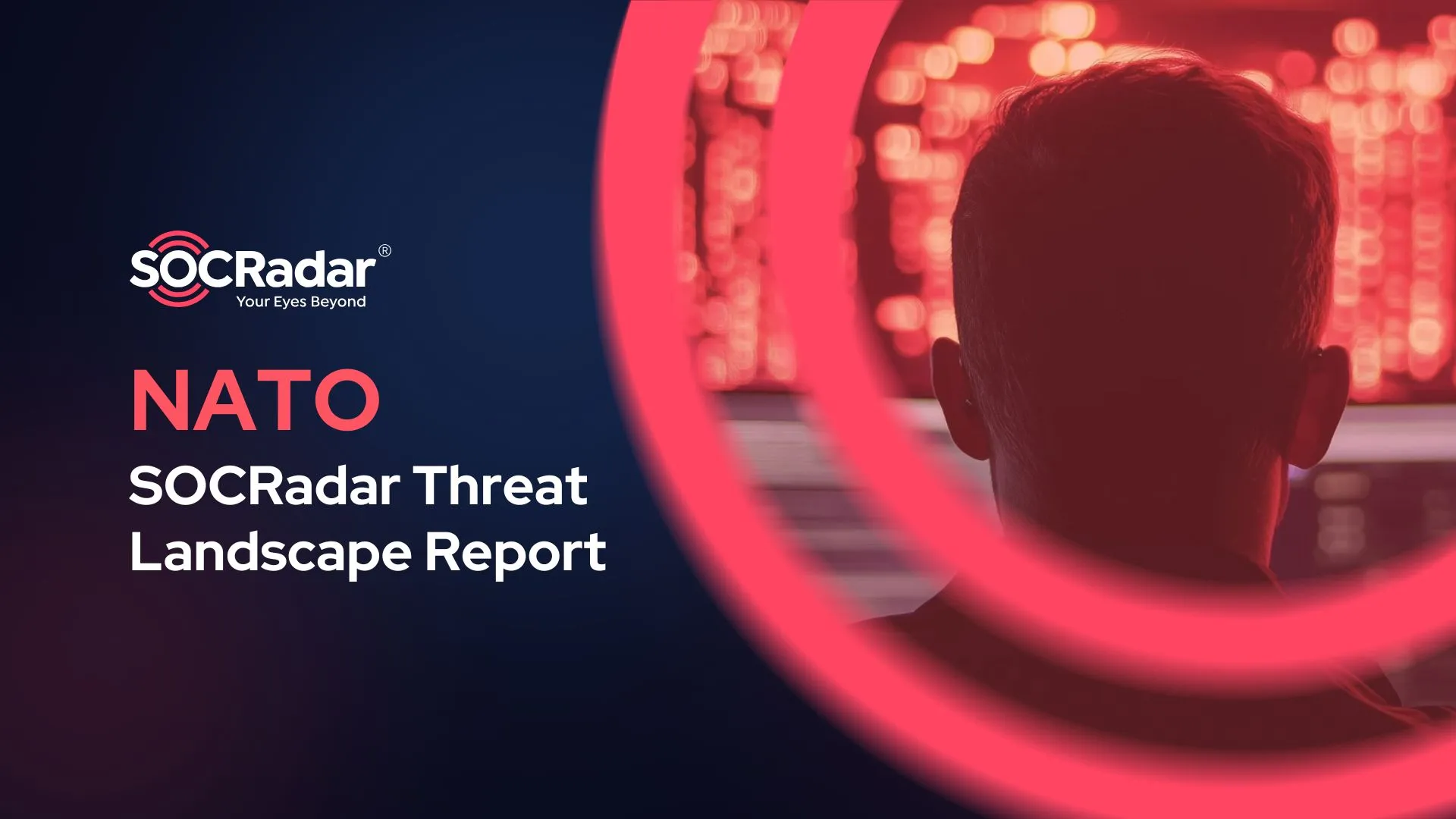
NATO’s Digital Frontiers Threat Landscape Report
In today’s interconnected world, the security of nations extends far beyond physical borders. The cyber domain has emerged as a critical battleground where conflicts unfold silently but with potentially devastating consequences. NATO and its member states face an increasingly sophisticated array of cyber threats that challenge traditional security paradigms and require innovative defensive strategies. This complex threat landscape represents a fundamental shift in how modern conflicts are waged, with state and non-state actors leveraging digital vulnerabilities to achieve strategic objectives in addition to conventional military engagement.
The Current Threat Landscape
Critical Infrastructure Vulnerabilities
Perhaps the most concerning vulnerability facing NATO countries is the exposure of critical infrastructure to cyber attacks. Energy grids, water systems, transportation networks, and healthcare facilities increasingly rely on digital systems that were often designed with efficiency rather than security as the primary consideration. The 2021 Colonial Pipeline attack in the United States demonstrated how a single ransomware incident could disrupt fuel supplies across an entire region, creating economic and social disruption.
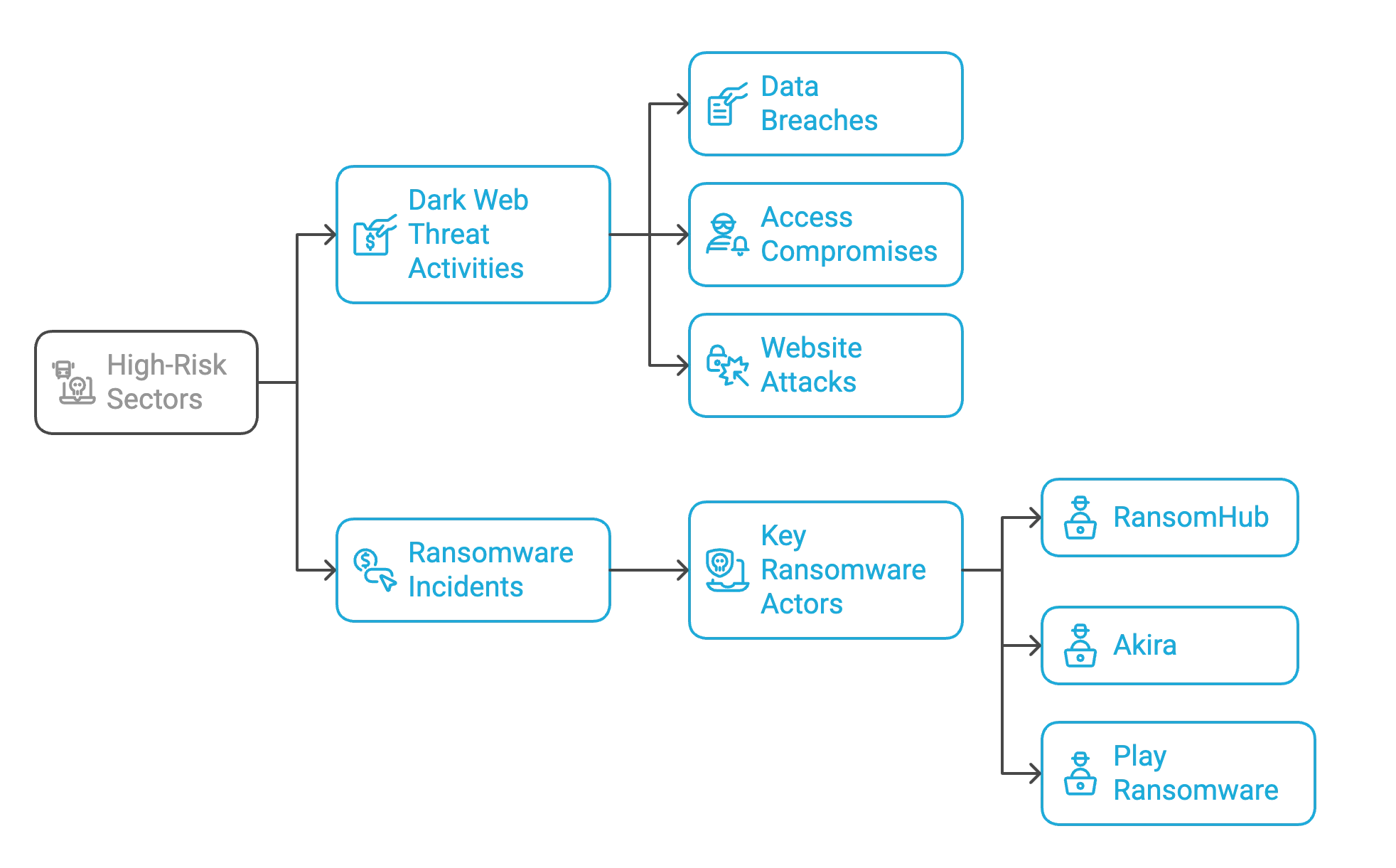
Threat Actor Activities from Dark Web targeting NATO Countries – Source
Similar vulnerabilities exist throughout NATO countries, where the intersection of aging infrastructure and rapid digitalization has created security gaps that adversaries are eager to exploit. The potential for cascading failures across interconnected systems represents a systemic risk that could be triggered by a coordinated cyber campaign.
For example, the Russian military intelligence, specifically Unit 29155, has been linked to various cyber attacks targeting NATO allies. These attacks over the years were aimed to disrupt aid efforts to Ukraine and have targeted essential infrastructure and government institutions across Europe.
Supply Chain Compromises
Recent years have witnessed a strategic shift in cyber operations targeting NATO countries, with adversaries increasingly focusing on supply chain vulnerabilities. The SolarWinds breach revealed how compromising a single software provider could grant access to thousands of organizations, including government agencies responsible for national security.
For more industry insights, you can check out the following graph from our NATO Threat Landscape Report.
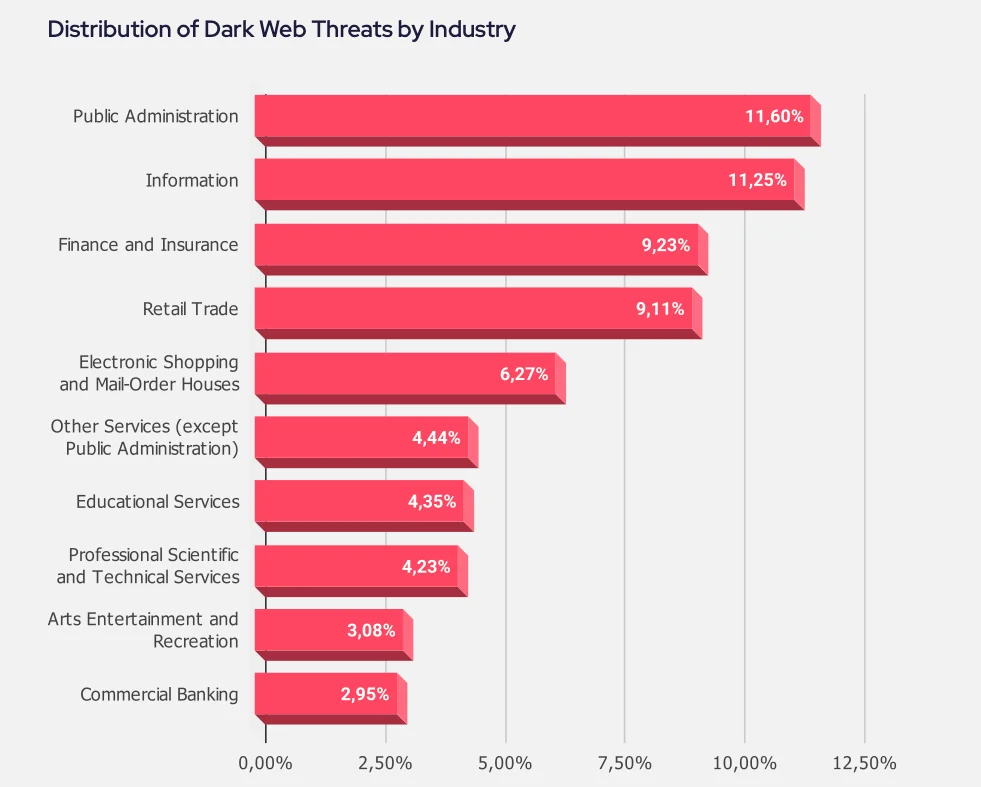
Distribution of Dark Web threats by industry – Source
NATO faces significant challenges in addressing these supply chain risks, as defense contractors and critical technology providers often operate complex, globalized supply networks with numerous potential points of compromise. Securing these requires unprecedented levels of visibility, verification, and international cooperation that extend beyond traditional military approaches.
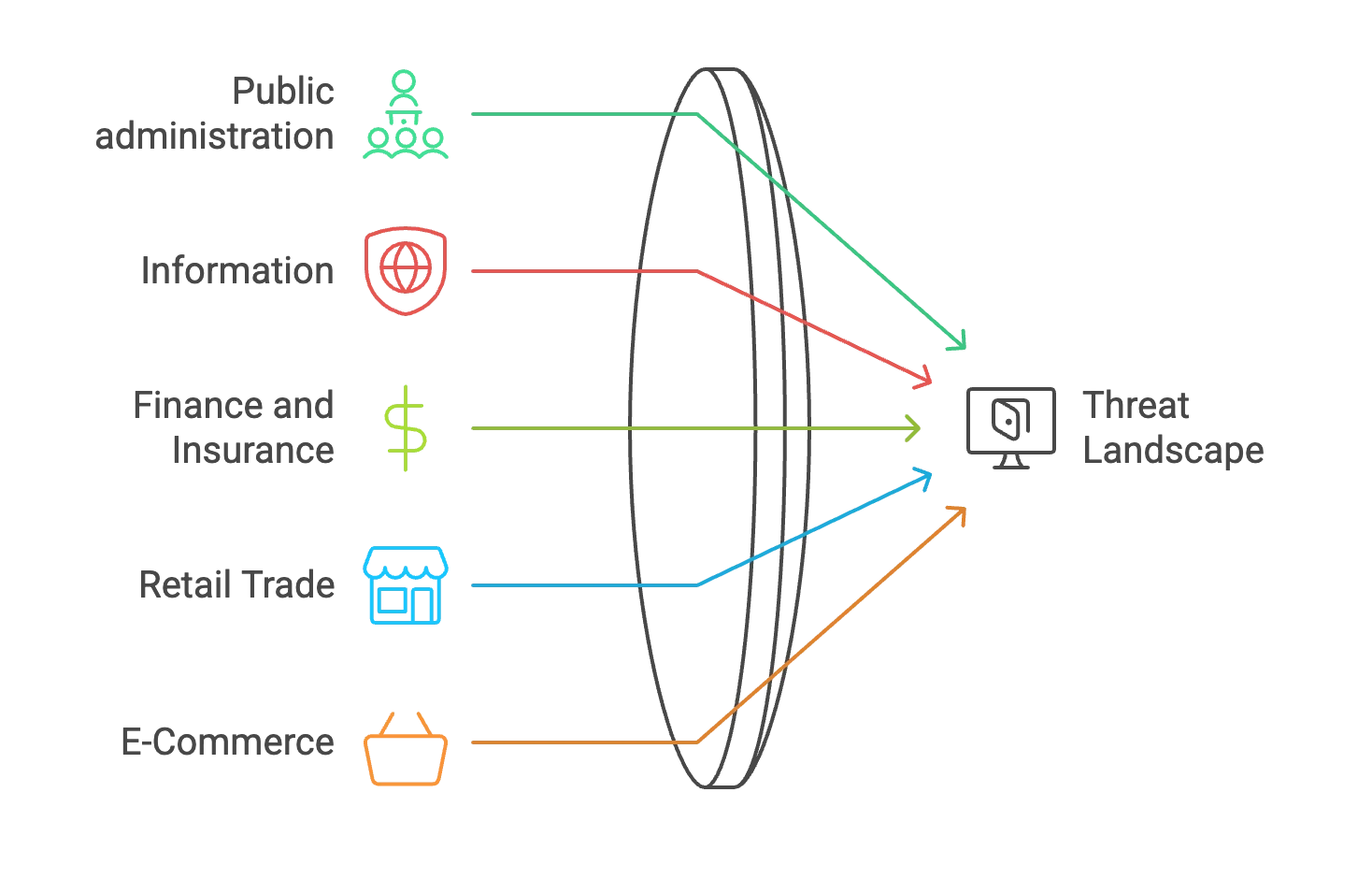
Most targeted industries in NATO Countries – Source
Information Warfare and Democratic Resilience
Beyond targeting technical infrastructure, NATO countries face sophisticated information warfare campaigns designed to undermine social cohesion and democratic processes. These operations leverage social media platforms, manipulated media content, and targeted disinformation to exacerbate existing societal tensions and influence electoral outcomes. The 2016 and 2020 U.S. elections, Brexit referendum, and numerous other European elections recently have demonstrated the potency of these approaches.
These information operations present a unique challenge for NATO, as they target the underlying social fabric and democratic values that the alliance was created to protect. Defending against such attacks requires balancing effective countermeasures with preservation of fundamental freedoms like free speech and privacy that distinguish NATO democracies from authoritarian adversaries.
Although not directly related to information warfare, the DDoS attacks in February 2023 on NATO networks used for transmitting sensitive data serve as a strong example of disrupting communication channels, fostering an environment for disinformation to thrive.
Geopolitical Context
The cyber threats facing NATO exist within a broader geopolitical framework characterized by shifting power dynamics and increasing tensions. Russia and China have emerged as significant cyber adversaries, each employing distinct approaches to challenge Western security interests.
Russia typically engages in more disruptive and destructive cyber operations, including election interference, critical infrastructure targeting, and information warfare campaigns designed to undermine public trust in democratic institutions across NATO countries. Back in January 2024, Russian threat actors targeted Sweden’s only digital service provider for government services. During those times, Sweden was preparing to join NATO.
China, by contrast, has focused predominantly on large-scale cyber espionage operations aimed at intellectual property theft and strategic intelligence gathering. These operations support China’s long-term economic and military ambitions while avoiding the immediate confrontation that more disruptive attacks might provoke. This approach reflects Beijing’s preference for steadily eroding Western technological advantages rather than triggering direct conflict.
Beyond these major powers, North Korea and Iran have developed significant cyber capabilities that they deploy against NATO members to circumvent sanctions, generate revenue, and advance regional objectives. North Korea uses cyber operations to generate revenue and circumvent international sanctions, occasionally targeting NATO members’ financial institutions and cryptocurrency exchanges. Iran leverages cyber capabilities to respond asymmetrically to diplomatic and military pressure, focusing particularly on critical infrastructure and energy sector targets within NATO countries.
Back in 2019, UN agencies were targeted by phishing campaigns linked to North Korea. These campaigns were aimed to gather login credentials from diplomatic targets. The Vilnius Summit in 2023 was another case where Russian threat actors targeted NATO attendees. They used a replica of the Ukraine World Congress website. NATO countries are also constantly targeted by phishing attacks according to our report.
Conclusion
The cyber threats facing NATO and its member states represent a fundamental challenge to traditional concepts of security and defense. Meeting this challenge requires not only technical solutions but strategic rethinking of how collective security operates in the digital age. The alliance’s ability to adapt to this environment while maintaining its core values of democracy, individual liberty, and rule of law will determine its relevance and effectiveness in the coming decades.
As cyber capabilities continue to evolve, NATO must develop more robust mechanisms for sharing intelligence, coordinating responses, and holding adversaries accountable for malicious cyber activities.
Why You Can’t Afford to Miss This Report:
In a time when cyber threats are more pervasive and sophisticated than ever, our report serves as a critical resource for organizations looking to stay ahead of the curve. It’s not just about preventing breaches—it’s about ensuring business continuity, protecting financial assets, and maintaining the trust of your stakeholders.
The CISO edition offers comprehensive graphs and detailed data analyses specifically tailored to address the unique challenges faced by cybersecurity professionals.
On the other hand, the CEO edition presents a curated set of insights and visualizations designed to support strategic decision-making, enabling business leaders to access the critical information required to safeguard their organizations and drive informed decisions.
Download our report today and gain the insights you need to fortify your defenses and drive strategic decisions with confidence.




























